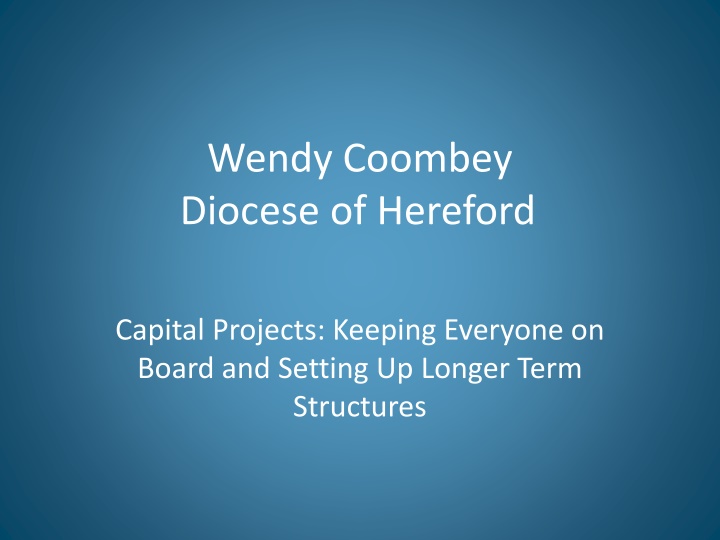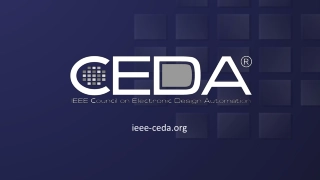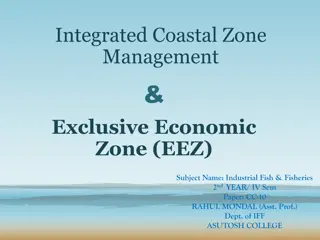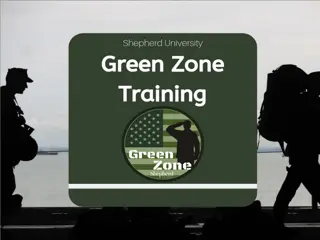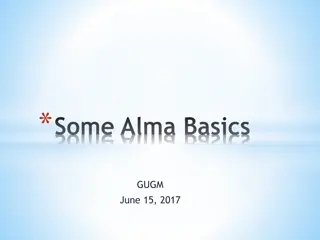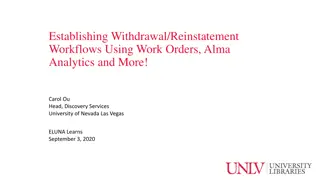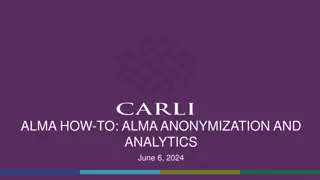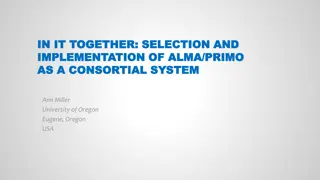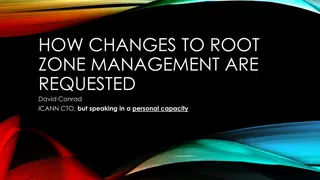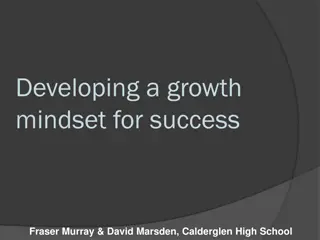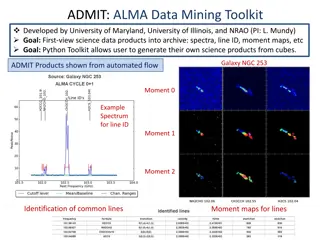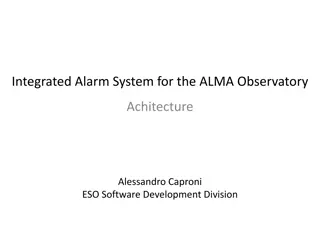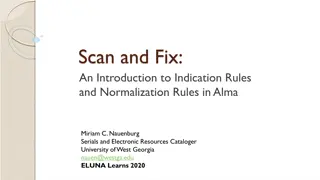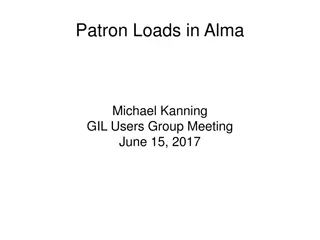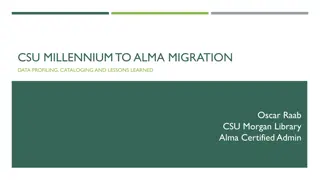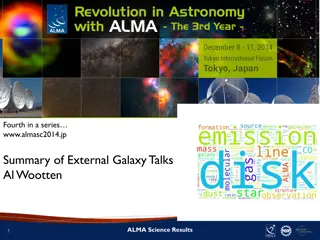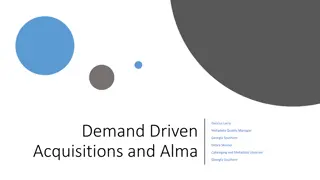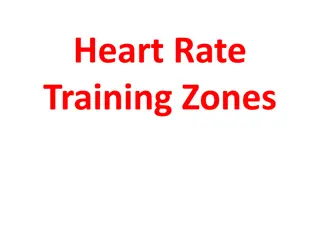Working with Alma Community Zone and Electronic Resources
The Alma Community Zone serves as a shared repository for Alma users, containing authority records, bibliographic metadata, and the Central Knowledgebase (CKB). It includes components like the Community Catalog, Central Knowledgebase, and Global Authorities. The Institution Zone, on the other hand, houses locally created bibliographic records linked to the institution's Metadata Management System (MMS) record. Understanding the types of inventory in both zones is crucial for effective management of physical, electronic, and digital resources.
Download Presentation

Please find below an Image/Link to download the presentation.
The content on the website is provided AS IS for your information and personal use only. It may not be sold, licensed, or shared on other websites without obtaining consent from the author.If you encounter any issues during the download, it is possible that the publisher has removed the file from their server.
You are allowed to download the files provided on this website for personal or commercial use, subject to the condition that they are used lawfully. All files are the property of their respective owners.
The content on the website is provided AS IS for your information and personal use only. It may not be sold, licensed, or shared on other websites without obtaining consent from the author.
E N D
Presentation Transcript
Wendy Coombey Diocese of Hereford Capital Projects: Keeping Everyone on Board and Setting Up Longer Term Structures
Community Partnership and Funding Community working with the wider community. Partnership working with other organisations at all levels, local, regional and national. Funding sourcing the funding for activities.
Not just about finances! Sustainability is about the long term future of a project it s about structures for the future. It s about strong project development and management during the build and in the future. It can make or break a project if you get it wrong. So, based on our experience and the experience of others these are my top 10 tips.
Tip 1: Evidence of Need Base your project on a proven need. Carry out consultation with the whole community people and organisations. Talk to Stakeholders at all levels who may be useful to your project. Interrogate the Statistics LA, Church House, web sites. Use existing research CLP s, Local Strategies, Neighbourhood Plans.
Tip 2: Set up working groups. Involve as many people as you can that can usefully contribute to the project. Set terms of reference so the responsibilities are clear. Make sure there are clear lines of authority and communication. More than one group may be needed.
Tip 3: Ensure there is an effective secretariat Accurate minutes of every meeting some funders will require to see these. Clearly defined actions, allocated to an actual person, that are followed up and reviewed at each meeting. Regular cycle of meetings keep things moving set these at the outset.
Tip 4: Find the right skills Don t use the usual suspects remember your community will have a wide range of skills. To define what skills you have and those you will need to find, carry out a skills audit. Cast the net as widely as possible and have courage to do this.
Tip 5: Write a good architects brief. Take your time don t go straight to an architect form follows function and you need to agree the function first. Base the brief on what your consultation has told you what is it people said they need and what does the church need? Check it with your consultees and then check it again with an objective 3rdparty.
Tip 6: Think about financial sustainability. Think about money do some business planning! It s what the funders will want to see. Great for focussing the mind on project development. Covers most elements you need to think about.
Tip 7: Legalities What are the legal requirements of your project? What do the funders want to see? Is a lease or license necessary is this possible? Take legal advice this may have a cost but it s better to pay now than later when you are in a legal dispute.
Tip 8: Communication Keep telling the story give regular updates. Use all the means available. Twitter, face book and other social media can be a way of engaging with young people. Use local web sites, local media and newspapers and radio. Use your central communication team.
Tip 9: Governance What is the right structure for your project ? Agree the structure and lines of communication and levels of authority. These need to be articulated. Be inclusive involve as many people as you can. Make sure everyone involved knows who retains overall responsibility. Do things need to change as the project develops?
Tip 10: Learn from others Go and visit other projects best training tool there is. Talk to your local support organisations, such as Local Authority Regen Team, or local VCS support. Use the existing resources and read case studies.
Crossing the Threshold: a step by step guide to developing your place of worship for wider community use and managing successful building projects www.hereford.anglican.org
